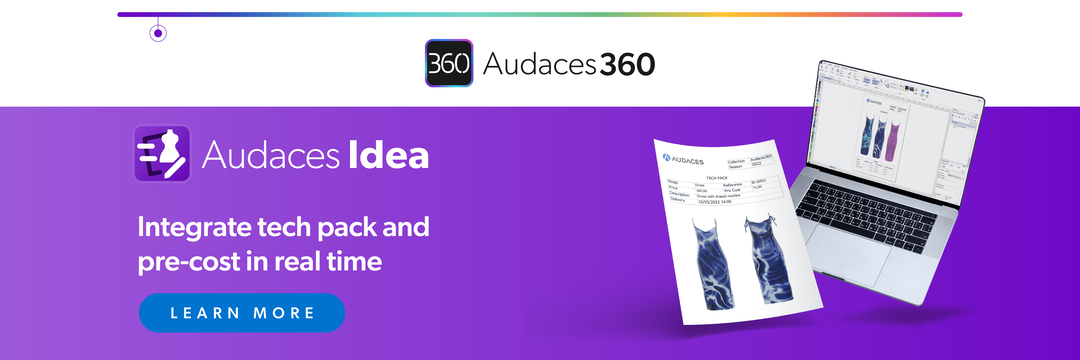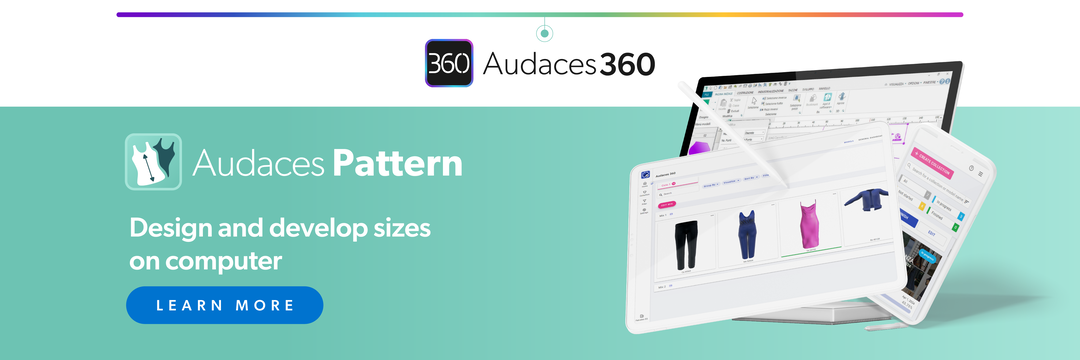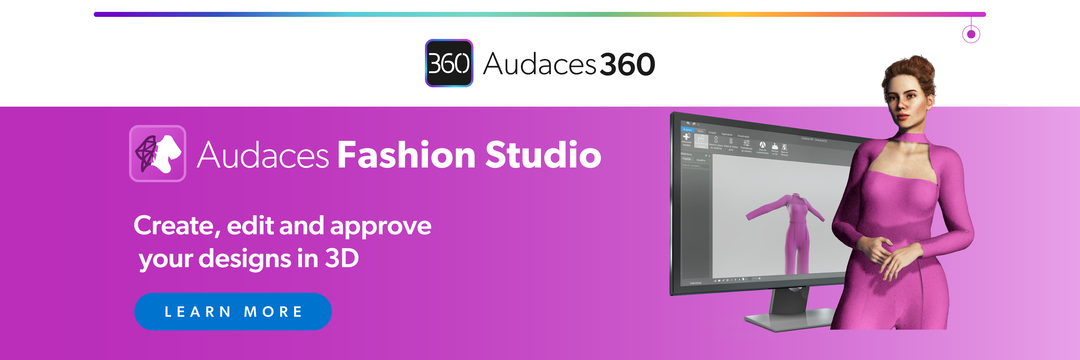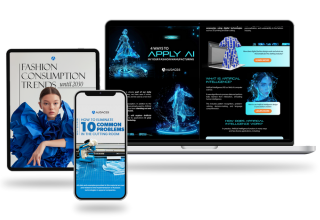Summary
- See where fashion trends begin and how they shape what customers want.
- Learn who sets the trends and practical research methods to design with confidence.
- Want more industry insights and actionable tips? Subscribe to our newsletter!
Fashion trends are reflections of culture and behavior, a reflection of everything from street style to global movements. For designers, understanding where trends come from is essential to staying relevant and creating collections that resonate.
Notice that researching fashion trends goes beyond scrolling through Instagram or watching runway shows. It involves identifying deeper consumer patterns and translating them into authentic design ideas.
By combining creativity with methodology, you can turn insights into impactful designs that stand out.
Curious to know more? Keep reading!
Sumário
Why keep up with the main fashion trends?
Fashion trends are more than fleeting styles. They show how people live, think, and express themselves in different moments of history.
Ignoring these shifts can leave a brand disconnected from its audience. While timeless design has its place, fashion evolves through constant cultural and technological change. Designers who recognize these patterns can adapt faster, offering collections that feel both fresh and relevant.
In a competitive market, that awareness becomes a real advantage.
However, keeping up with trends doesn’t mean copying what others do. It’s about interpreting influences through your unique creative lens.
So, what exactly are fashion trends?
Fashion trends are directions or movements that shape what people wear and how they convey their style. They can involve colors, fabrics, silhouettes, or even attitudes toward clothing.
These trends often emerge from cultural changes, artistic innovation, or technological progress, translating ideas into visual and wearable expressions.
Each trend represents a collective response to what’s happening in the world. For instance, when people value comfort and practicality, fashion embraces softer fabrics and relaxed shapes. When sustainability becomes a priority, recycled materials and timeless pieces take center stage.
In the end, a fashion trend is a dialogue between designers and society. It begins with observation, evolves through creation, and spreads through adoption.
How do fashion trends emerge?
They certainly don’t appear out of nowhere: these trends evolve from multiple sources that influence each other.
Runway shows, street style, pop culture, and even politics can spark new aesthetics. Trend forecasting agencies analyze these signals, identifying recurring themes and predicting how they might develop in future collections.
Technology has accelerated this process. Social media platforms like Instagram, TikTok, and Pinterest turn personal expression into global movements overnight. A look that goes viral can inspire thousands of designers and brands around the world. As digital influence grows, trend cycles become faster and more diverse than ever before.
Still, not every trend comes from the screen. Art, cinema, architecture, and nature remain powerful sources of inspiration. Professionals translate these elements into garments that reflect the spirit of the times.
Learn more: Decode dressing trends and how to apply them to your designs
Who defines fashion trends?
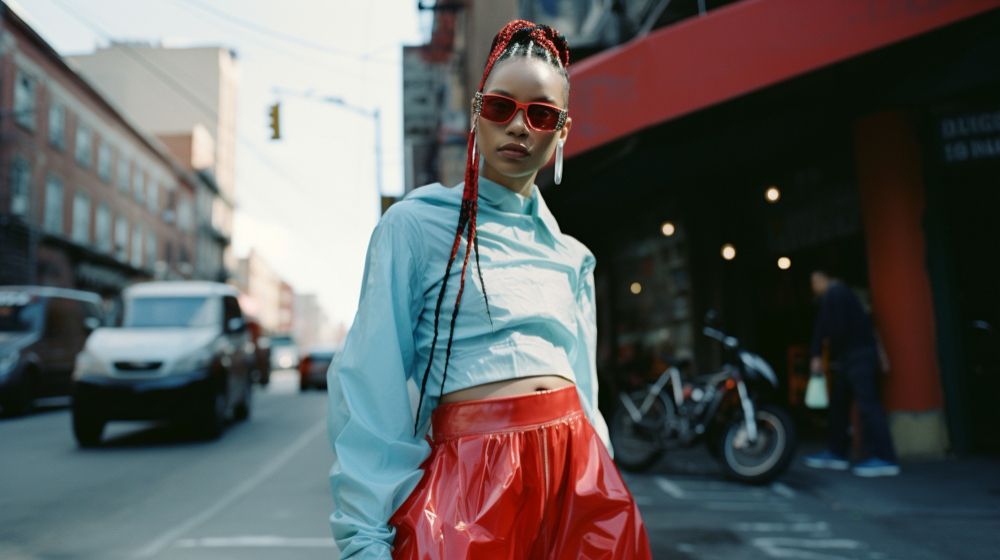
Fashion shows
Even with digital transformation, fashion shows continue to hold symbolic power. Big events like Paris, Milan, London, and New York Fashion Week show collections that influence future seasons.
Livestreams, virtual runways, and immersive presentations have expanded their reach, allowing global audiences to experience creative innovation firsthand.
Celebrities and influencers
When a famous figure wears a particular style, it instantly gains visibility and desirability. Their choices often bridge the gap between high fashion and everyday wear. It’s a way to show consumers how to interpret runway ideas in real life.
Influencers, in particular, bring authenticity to the conversation.
They share personal styling choices, mix luxury with accessible brands, and create relatable content that inspires followers worldwide. This democratization of influence means that anyone with creativity and a strong voice can shape trends.
Learn more: What are trendsetters and why are they important to fashion?
Media and fashion magazines
For decades, fashion magazines have been the gatekeepers of style. Publications like Vogue, Harper’s Bazaar, and Elle have guided readers through trends, designers, and cultural movements.
Their editorials interpret fashion in an artistic and aspirational way, helping audiences understand what’s new.
Although digital media has transformed how we consume content, these publications still hold authority. Many have adapted to online platforms, combining visual storytelling with instant updates.
Through interviews, features, and curated selections, they continue to influence what the industry values.
Social media and digital platforms
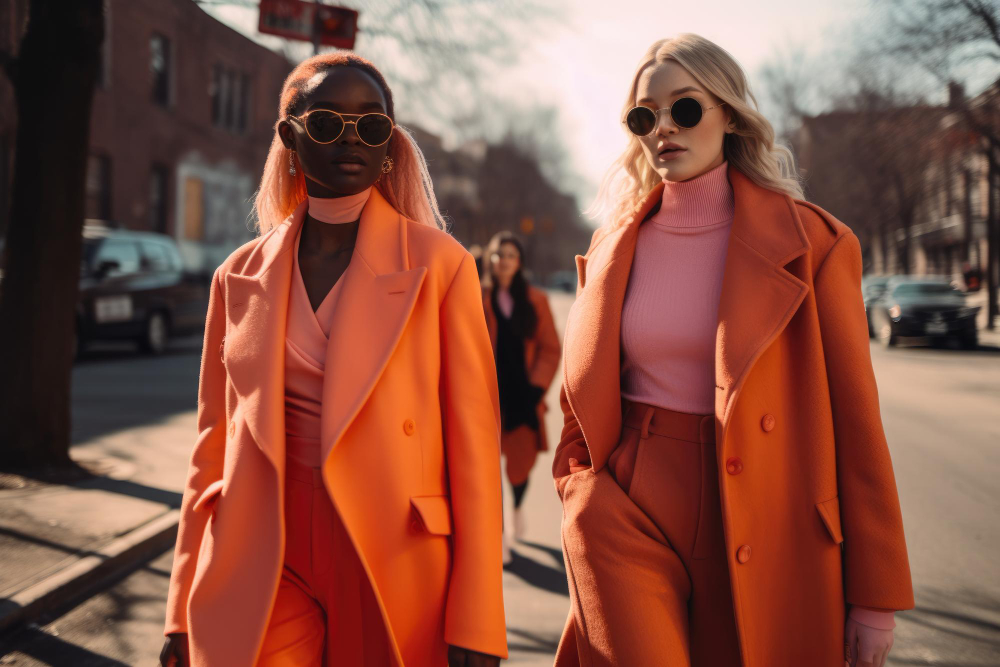
Culture and art have always been deep sources of inspiration for fashion. Music, cinema, architecture, and visual arts often define the aesthetic spirit of an era. Designers translate these influences into materials, silhouettes, and color palettes that reflect how society feels and evolves.
Social media can turn fashion into a global conversation where creativity spreads in seconds. Viral videos, outfit challenges, and influencer collaborations can define what’s stylish almost overnight.
This constant flow of content allows for greater diversity in trend creation. Subcultures, independent designers, and niche communities now have the power to set global movements from their own perspective.
Learn more: Everything you need to know to design Gen Z fashion
Culture and art
When artists and fashion intersect, they create powerful narratives. From street art collaborations to museum-inspired prints, cultural references bring depth and meaning to clothing.
This connection reminds us that fashion is not only about appearance. It’s a language that communicates identity, emotion, and creativity.
The trends that transform fashion are changing all the time. Want to know which ones will lead the way to 2030? Download our exclusive report now!
Main types of fashion trends
Trends operate on different levels of scale and duration. Some define entire decades, while others last only a few months. Understanding the difference will help you plan collections strategically and respond to market changes more effectively.
Check it out:
Megatrends
Megatrends are long-term movements that influence not just fashion but society as a whole. They often last for years or even decades, reflecting shifts in culture, technology, and values.
Examples include sustainability, digitalization, and inclusivity: concepts that go beyond style to shape how people think and live.
Macrotrends
Macrotrends are medium-term directions that usually last several seasons. They translate megatrends into more specific themes, such as “genderless fashion,” “slow living,” or “digital craftsmanship.”
They bridge the gap between long-term social change and short-term consumer preferences.
Learn more: Uncover the macro trends and their influence on the fashion world
Microtrends
Microtrends are the fastest-moving trends, often born on social media or within niche communities. They can be a viral outfit or a specific accessory that gains popularity for a short time. These trends reflect the immediacy and speed of today’s fashion ecosystem.
Although their lifespan is brief, microtrends play a key role in capturing attention and engagement. They help brands stay visible and relevant in fast-changing markets.
As a designer, it’s important to know how to interpret them creatively, adopting their essence without losing authenticity.
How to research fashion trends
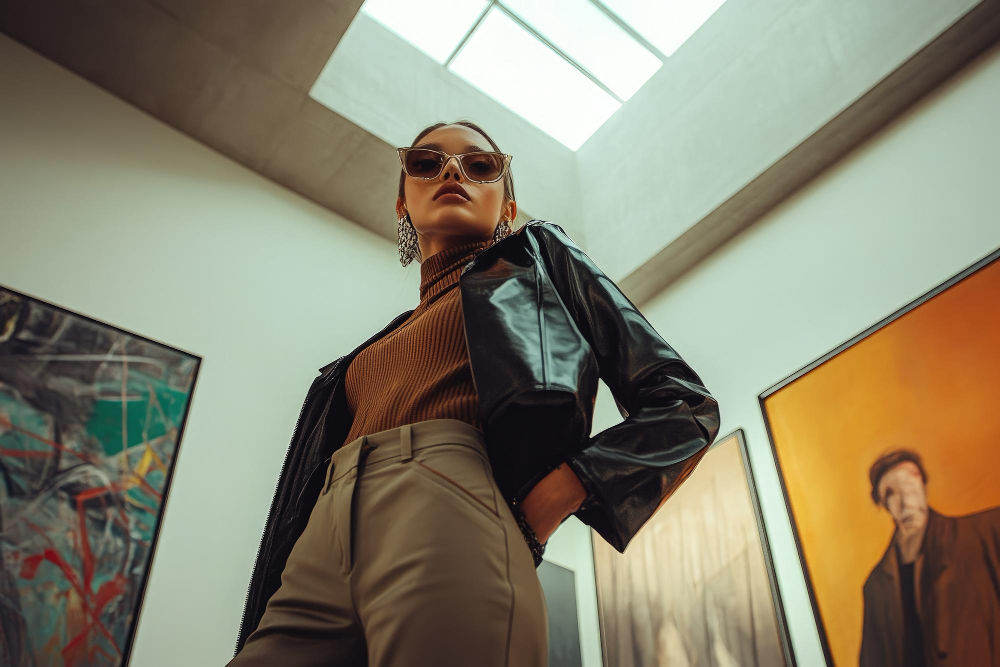
E-commerce
Online platforms allow brands to showcase collections globally, creating instant feedback loops through sales data, reviews, and browsing behavior.
For designers, e-commerce data reveals what resonates with different audiences. Insights from click-throughs and purchases, and wish lists inform trend adoption. It enables designers to refine their collections and respond to consumer preferences in real time.
Personalization
In fashion, this term goes beyond custom sizing or embroidery. It involves tailoring the shopping experience, recommendations, and even product development to individual tastes. This approach allows consumers to feel a deeper connection with a brand.
Learn more: Why does fashion innovation drive the market? 7 trends to consider
Augmented and virtual reality
These technologies are redefining how consumers interact with fashion. Virtual showrooms, digital try-ons, and immersive experiences allow people to explore products without physically visiting a store.
AR and VR provide platforms to experiment with concepts, visualize garments in 3D, and test consumer responses. They accelerate the feedback loop and allow showcasing trends creatively.
Digital manufacturing
Techniques like 3D printing, automated cutting, and on-demand production help reduce waste. They also allow for faster testing of new designs. Now, it’s possible to create prototypes and limited-edition pieces more quickly.
Sustainability
Sustainability is one of the most influential forces shaping fashion trends today. Consumers increasingly value eco-friendly materials, ethical production, and long-lasting designs, pushing brands to align with these priorities.
Adopting sustainable practices is not just about responsibility: it can also be a creative opportunity!
Learn more: Discover how sustainable design can delight your customers
Apply fashion trends to your collections with Audaces360
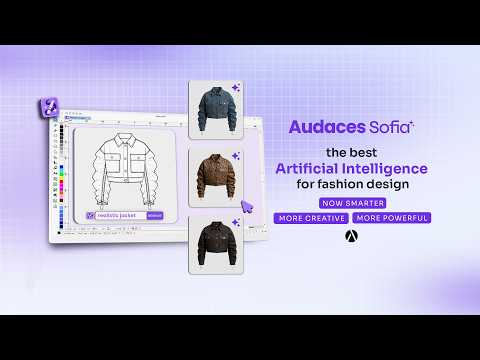
Audaces Fashion Studio
Audaces Fashion Studio is a groundbreaking innovation for fashion designers within Audaces360 multisolution.
This innovative technology empowers professionals to create smarter sketches on a 3D mannequin. It provides tools and functionalities to enhance your design process.
Its features enable you to examine fit, drape, and movement in different body types. Explore fabrics, colors, textures, and apply prints in a few clicks.
Audaces Idea
Audaces Idea is your solution for creating and applying prints to your designs.
It helps end errors and streamline communication between design and the other teams. This way, you can reduce the development cycle and ensure timely deliveries.
Audaces Idea also includes integrated tech packs and automatic pre-cost calculations. You can visualize all your creation information on a single screen during the process.
Automating technical tasks frees up your time for more design exploration!
Audaces Sofia
Meet Audaces Sofia our cutting-edge fashion Artificial Intelligence. It helps you enhance your creations with an unlimited source of inspiration.
This solution has the power to transform concepts into reality in a matter of minutes. Some simple prompts are all you need to generate print variations.
Audaces Sofia integrates with Audaces Idea and Audaces Fashion Studio. This combination provides you with the complete solution to create effortlessly
Discover Audaces360 and unlock a world of possibilities for fashion design and production. Explore our comprehensive suite of solutions today!
FAQ
Fashion trends are more than fleeting styles. They show how people live, think, and express themselves in different moments of history. Ignoring these shifts can leave a brand disconnected from its audience.
Fashion trends are directions or movements that shape what people wear and how they convey their style. They can involve colors, fabrics, silhouettes, or even attitudes toward clothing.
Runway shows, street style, pop culture, and even politics can spark new aesthetics. Trend forecasting agencies analyze these signals, identifying recurring themes and predicting how they might develop in future collections.




